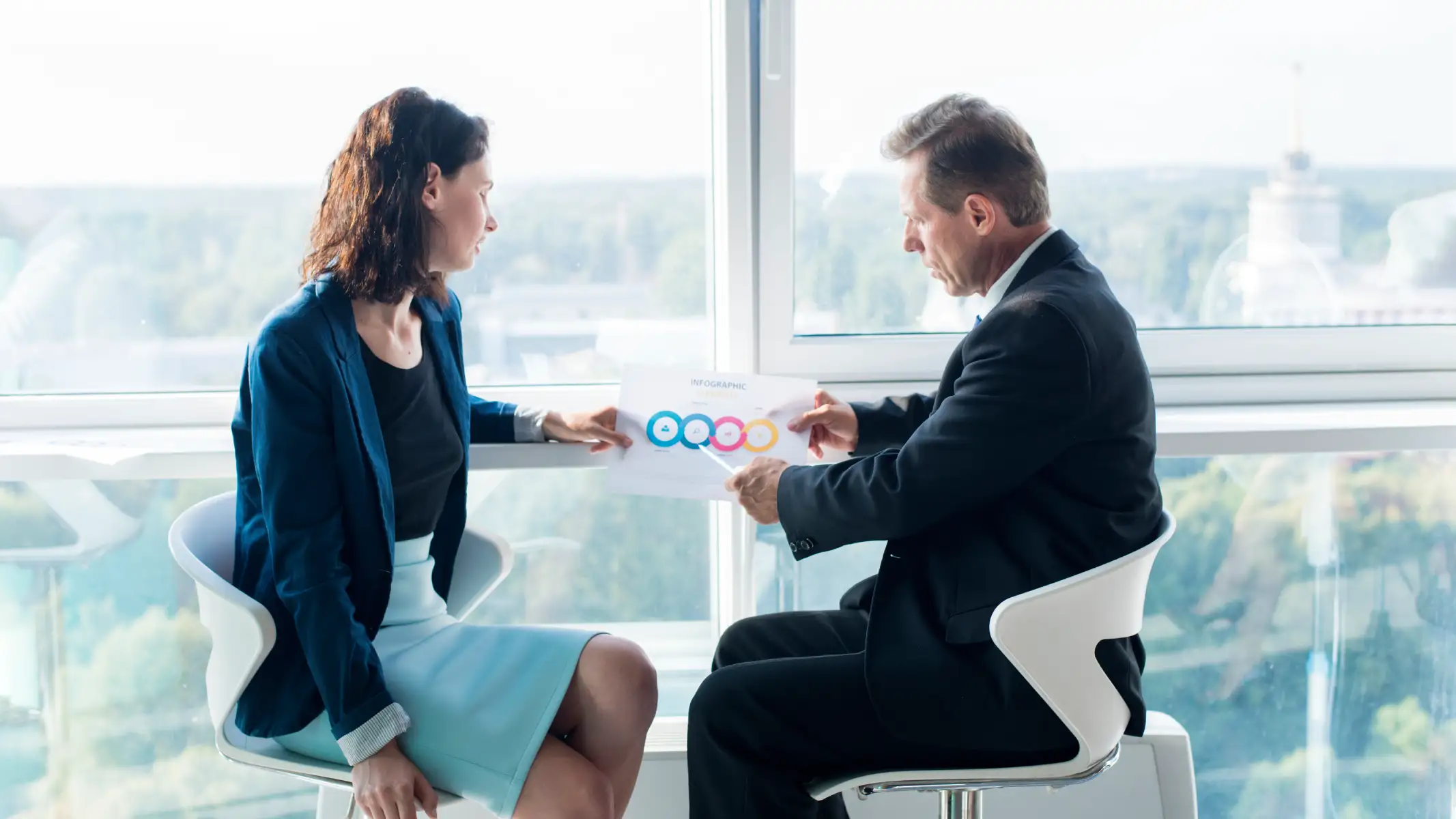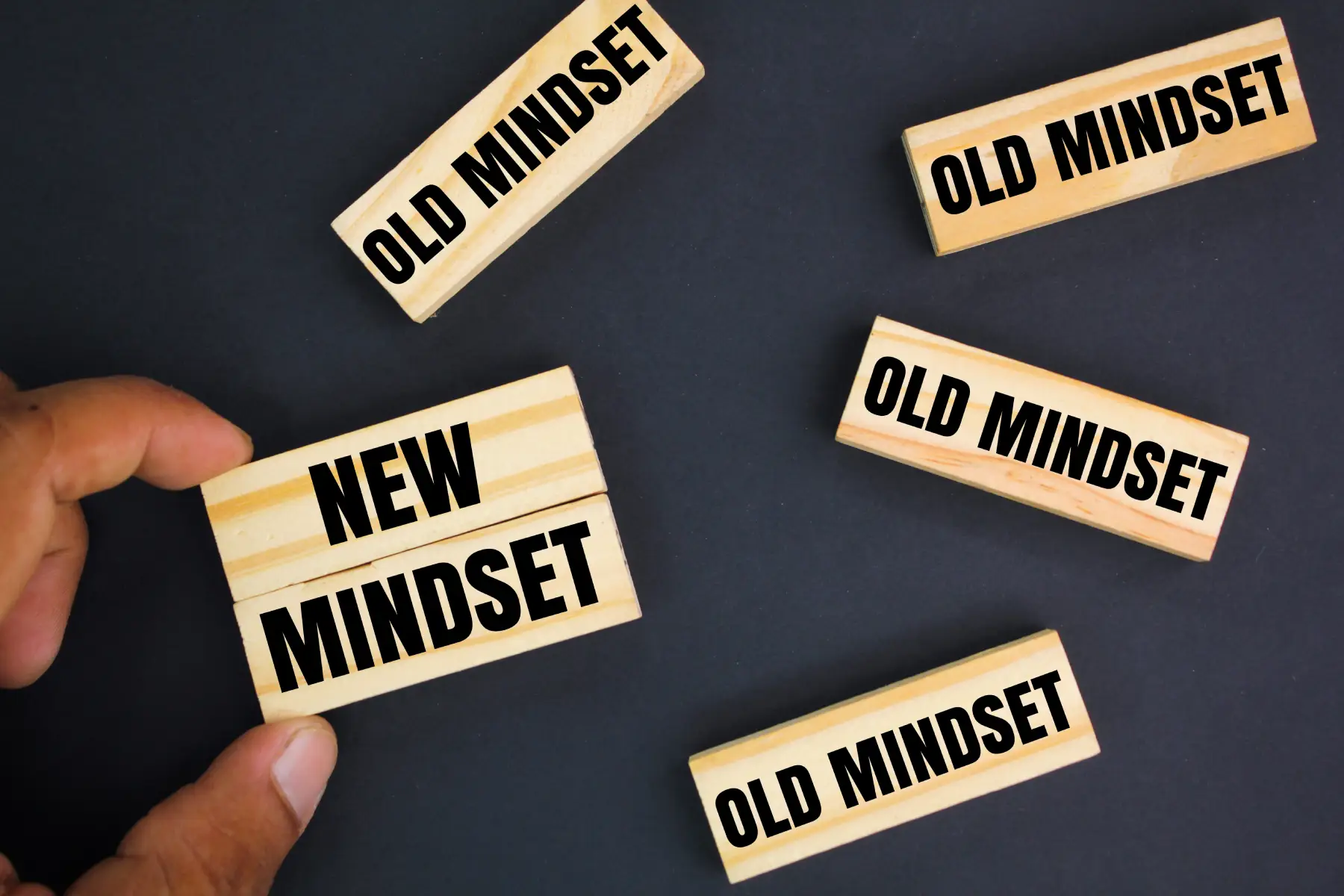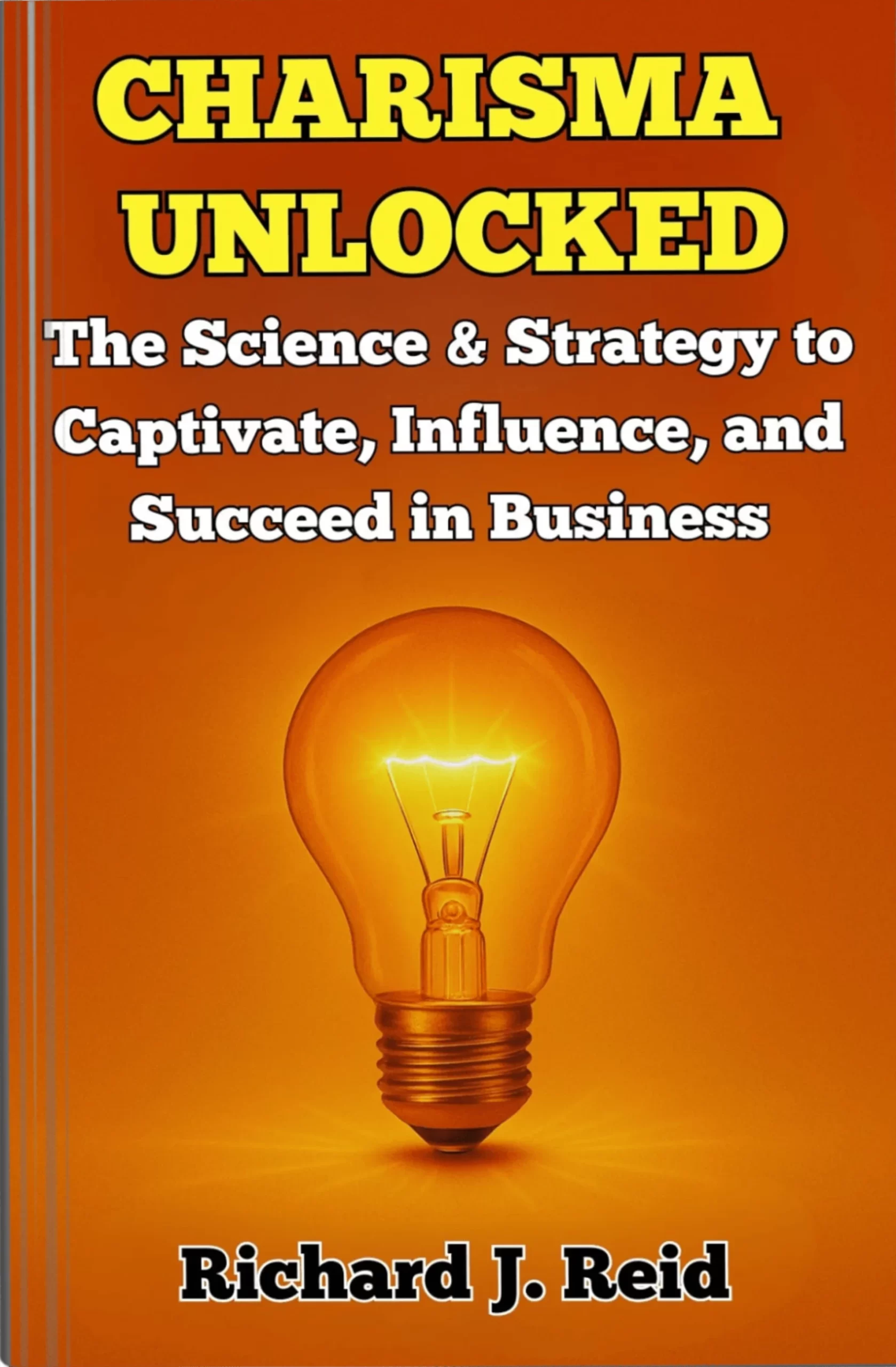Executive Summary
In an era characterised by unprecedented complexity, information abundance, and accelerating change, the quality of organisational decision making has become a crucial determinant of competitive advantage. This whitepaper explores how structured critical thinking and evidence-based decision-making approaches can transform organisational performance, agility, and innovation capacity. Drawing on cognitive science, behavioural economics, and management best practices, it provides business leaders and professionals with practical frameworks, strategies, and tools to enhance both individual and collective decision quality. With clear guidance on identifying and mitigating cognitive biases, leveraging diverse perspectives, and implementing robust decision processes, this resource offers a comprehensive roadmap for developing stronger critical thinking cultures within modern organisations.
SEO focus: decision making, critical thinking, business decisions, strategic thinking, cognitive bias, problem solving, organisational decision making.
Table of Contents
- Introduction: The Decision Advantage
- The Business Case for Better Decision Making
- The Cognitive Science of Decision Making
- Critical Thinking: The Foundation of Quality Decisions
- Common Decision Traps and Cognitive Biases
- Decision-Making Frameworks and Models
- Organisational Decision Making: From Individual to Collective Intelligence
- Decision Making in Uncertainty and Complexity
- Tools and Technologies for Enhanced Decision Making
- Building a Culture of Critical Thinking
- Measuring and Improving Decision Quality
- Case Studies: Decision Excellence in Action
- Conclusion: The Future of Organisational Decision Making
- References and Further Resources
Introduction: The Decision Advantage
Every organisation is, at its core, a decision factory. From strategic choices about market entry to operational decisions about resource allocation, from talent management to investment prioritisation, the cumulative impact of these decisions shapes organisational performance and trajectory.
Yet despite the criticality of decision making, many organisations continue to rely on approaches that fail to account for cognitive biases, information overload, and the increasing complexity of modern business environments. According to McKinsey research, 60% of executives report spending more time than they should on decision making, with only 37% of decisions made with high quality.
This whitepaper aims to bridge the gap between the science of decision making and everyday business practice, providing actionable guidance for UK business professionals seeking to enhance critical thinking and decision effectiveness in their organisations.
The Business Case for Better Decision Making
Effective decision making is not merely an academic concern—it translates directly to business performance:
Financial Impact
- Companies with better decision-making practices show 7% higher profit growth over a five-year period (McKinsey)
- Poor decisions cost the average organisation 3-5% of annual profits through direct costs and lost opportunity (CIPD)
Competitive Advantage
- Decision agility allows organisations to respond more effectively to market shifts and disruptions
- Evidence-based decision cultures foster innovation and reduce costly mistakes
- High-quality decisions enable better resource allocation and strategic focus
Employee Engagement and Retention
Research by the Chartered Management Institute indicates that involvement in meaningful decision making ranks among the top 5 factors affecting employee engagement and retention.
Risk Management
- Structured decision processes significantly reduce catastrophic decision failures
- Improved forecasting accuracy enhances planning reliability
- Better decisions reduce compliance issues and reputational risks
The Cognitive Science of Decision Making
Understanding how humans think and decide provides essential context for improving organisational decision making.
Dual-Process Theory
Nobel laureate Daniel Kahneman’s research outlines two cognitive systems:
- System 1: Fast, intuitive, automatic thinking—useful but prone to bias
- System 2: Slow, deliberate, analytical thinking—more reliable but requires effort
Both systems have value, but knowing when to rely on intuition versus analysis is critical. For more, see Thinking, Fast and Slow by Daniel Kahneman.
The Role of Expertise
Expertise influences decision quality:
- Allows pattern recognition in complex situations
- Enables more accurate intuitive judgements in domain-specific contexts
- May introduce blind spots through overconfidence
Research by Gary Klein on Naturalistic Decision Making shows how experts leverage mental simulation and pattern matching to make rapid, effective decisions in high-pressure environments.
Critical Thinking: The Foundation of Quality Decisions
Critical thinking is the disciplined process of analysing, synthesising, evaluating, and applying information. It forms the bedrock of quality decision making.
Core Critical Thinking Skills
- Clarity of thought: Precise definition of problems and objectives
- Information literacy: Ability to find, assess, and use relevant information
- Analysis: Breaking complex issues into component parts
- Inference: Drawing reasoned conclusions from evidence
- Evaluation: Assessing credibility, relevance, and logical strength
- Self-regulation: Monitoring and correcting one’s own thinking
For assessment and development resources, see the Critical Thinking Foundation.
Developing Critical Thinking
Research from the CMI identifies key approaches for developing these skills:
- Structured problem analysis
- Exposure to diverse perspectives and opposing viewpoints
- Regular reflection and meta-cognitive practice
- Training in logical reasoning and argument evaluation
Common Decision Traps and Cognitive Biases
Our minds are susceptible to systematic errors in judgement—cognitive biases—that can undermine decision quality.
Key Biases Affecting Business Decisions
- Confirmation bias: Seeking information that confirms existing beliefs
- Anchoring: Over-relying on first information encountered
- Overconfidence: Excessive certainty in judgements and forecasts
- Status quo bias: Preferring current states over change
- Sunk cost fallacy: Continuing investments due to resources already spent
- Availability bias: Overestimating the likelihood of events easily recalled
Debiasing Strategies
- Structured decision processes that counteract common biases
- Pre-mortem analysis: Imagining failure before decisions are finalised
- Devil’s advocate roles to challenge groupthink
- Diverse decision teams to introduce multiple perspectives
- Anonymous idea generation to reduce conformity pressures
For more on biases and mitigation strategies, visit The Decision Lab.
Decision-Making Frameworks and Models
Adopting formal decision frameworks improves consistency and quality.
- The WRAP Framework (Heath Brothers)
From the book “Decisive”:- Widen options to avoid narrow framing
- Reality-test assumptions to escape confirmation bias
- Attain distance before deciding (overcome short-term emotions)
- Prepare to be wrong (anticipate both success and failure)
- OODA Loop (Observe, Orient, Decide, Act)
Developed by military strategist John Boyd:- Supports rapid decision making in dynamic environments
- Creates iterative feedback cycles
- Emphasises adaptation over fixed plans
- Collaborative Decision Making (CDM)
Designed for complex organisational decisions:- Structured stakeholder involvement
- Clear decision rights and accountability
- Transparent evaluation criteria
- Documented rationale and assumptions
- Analytical Hierarchy Process (AHP)
Mathematical technique for multi-criteria decisions:
- Breaks decisions into weighted criteria
- Forces pairwise comparisons
- Quantifies subjective judgments
For AHP tools and resources, visit Transparent Choice.
Organisational Decision Making: From Individual to Collective Intelligence
Moving from individual to organisational decision making introduces additional complexities and opportunities.
Decision Rights and Governance
- RACI Matrix: Clarifying who is Responsible, Accountable, Consulted, and Informed
- Decision hierarchies: Defining which decisions happen at which levels
- Decision protocols: Establishing clear processes for different decision types
Leveraging Diverse Perspectives
- Cognitive diversity in teams improves problem solving and innovation
- Structured debate enhances decision quality when properly facilitated
- Psychological safety enables honest input and challenge
For guidance on decision governance, see CIPD’s management resources.
Managing Group Dynamics
- Groupthink prevention through deliberate process design
- Hidden information extraction through effective facilitation
- Power balance to ensure all voices contribute
Decision Making in Uncertainty and Complexity
Today’s business environment demands approaches suited to ambiguity and rapid change.
Adaptive Decision Making
- Minimum viable decisions: Making reversible choices with limited information
- Safe-to-fail experiments: Using pilots and tests to learn quickly
- Options thinking: Preserving flexibility in uncertainty
Scenario Planning
- Developing multiple plausible futures to test robustness of decisions
- Identifying early warning indicators for scenario shifts
- Creating contingency plans for major alternatives
For scenario planning resources, see Oxford Scenarios Programme.
Resilient Decision Strategies
- Robust decisions that perform acceptably across multiple futures
- Distributed decision making to enable rapid local adaptation
- Decision tripwires that trigger reassessment when conditions change
Tools and Technologies for Enhanced Decision Making
Modern technology offers powerful decision support capabilities:
Data Analytics and Business Intelligence
- Dashboards providing real-time visibility into key metrics
- Predictive analytics to forecast trends and outcomes
- A/B testing for evidence-based comparisons
Collaborative Decision Platforms
- Virtual whiteboarding tools for visual decision mapping
- Decision documentation systems to capture rationale and assumptions
- Anonymous input mechanisms to reduce conformity pressure
AI-Enhanced Decision Support
- Algorithmic decision support for complex data analysis
- Cognitive bias mitigation through automated checks
- Pattern recognition beyond human capability
For an overview of decision support technologies, visit Gartner’s Decision Intelligence resources.
Building a Culture of Critical Thinking
Organisational culture significantly influences decision quality.
Leadership Behaviours
- Modelling inquiry by asking good questions
- Rewarding thoughtful dissent rather than mere agreement
- Acknowledging uncertainty and limits of knowledge
- Demonstrating learning from both successes and failures
Structural Elements
- Decision review processes focused on quality, not just outcomes
- Training programmes in critical thinking and decision making
- Knowledge management systems to support evidence-based decisions
- Communities of practice for decision excellence
Continuous Improvement
- Decision post-mortems to extract learning
- Decision quality metrics tracked over time
- Feedback loops to improve future decisions
For resources on building a learning culture, see the CMI Knowledge Bank.
Measuring and Improving Decision Quality
What gets measured gets managed—decision quality is no exception.
Key Performance Indicators
- Decision cycle time: Speed of appropriate decisions
- Decision yield: Percentage of decisions that achieve intended outcomes
- Decision satisfaction: Stakeholder assessment of process quality
- Decision efficiency: Resources expended on decision making
Improvement Methodologies
- Decision quality reviews using standardised assessment frameworks
- Decision process mapping to identify bottlenecks and failure points
- Decision calibration training to improve judgement accuracy
Feedback Mechanisms
- Real-time decision coaching for high-stakes decisions
- Decision journals to track predictions versus outcomes
- Peer review processes for critical decisions
Case Studies: Decision Excellence in Action
- NHS Clinical Decision Support
The NHS implemented structured decision protocols and digital decision support tools to standardise clinical decision making. Results included:
- 27% reduction in unnecessary treatments
- Improved diagnostic accuracy
- Higher patient satisfaction with care decisions
For more information, visit NHS Improvement.
- Unilever’s Decision Effectiveness Programme
Unilever transformed its decision culture through:
- Clear decision rights frameworks
- Decision quality training for all managers
- Streamlined meeting protocols focused on decisions
- Decision effectiveness metrics
Results included faster product development cycles and improved market responsiveness.
- Royal Bank of Scotland Risk Decision Transformation
After the 2008 financial crisis, RBS implemented a comprehensive decision quality programme for risk decisions, including:
- Explicit consideration of cognitive biases
- Diverse challenge teams
- Documented decision rationales
- Regular decision reviews
This approach significantly strengthened risk management and regulatory compliance.
Conclusion: The Future of Organisational Decision Making
As business environments grow more complex and volatile, the quality of organisational decision making will increasingly separate high-performing companies from their competitors. Forward-thinking organisations are evolving toward:
- Distributed yet aligned decision making that balances autonomy with coherence
- Augmented intelligence combining human judgment with algorithmic support
- Continuous learning systems that improve decision quality over time
- Decision transparency that builds trust with stakeholders
By developing robust critical thinking capabilities and decision processes, organisations position themselves not just to survive uncertainty but to thrive within it.
References and Further Resources
- Chartered Management Institute: Chartered Management Institute
- CIPD Knowledge Hub: CIPD Knowledge Hub
- McKinsey Insights on Decision Making: McKinsey
- The Decision Lab: The Decision Lab
- Critical Thinking Foundation: Critical Thinking Foundation
- Gartner Decision Intelligence: Gartner
- Oxford Scenarios Programme: Oxford Scenarios Programme
- Transparent Choice – Decision Tools: Transparent Choice
- Thinking, Fast and Slow by Daniel Kahneman: Thinking, Fast and Slow by Daniel Kahneman
- Decisive by Chip and Dan Heath: Decisive by Chip and Dan Heath
- NHS Improvement: NHS Improvement








